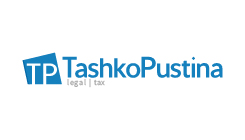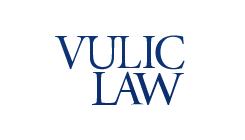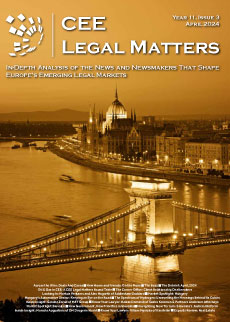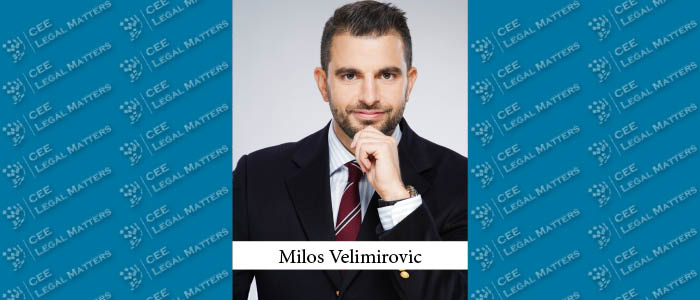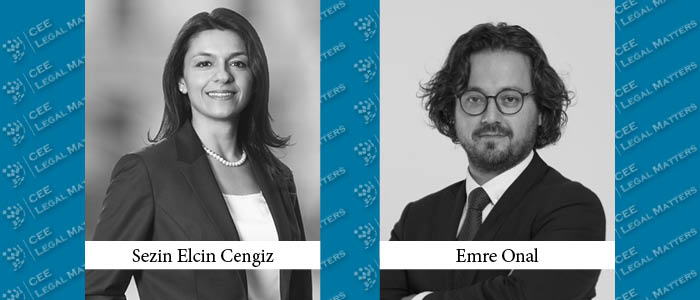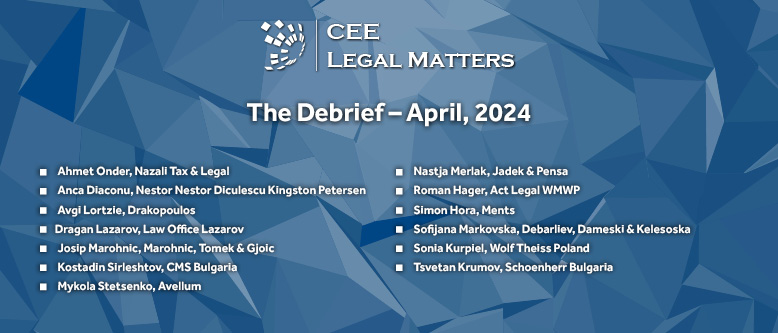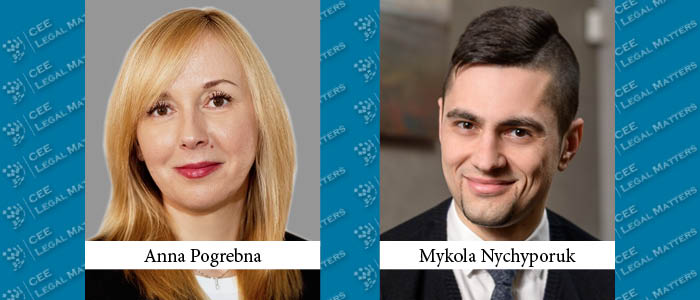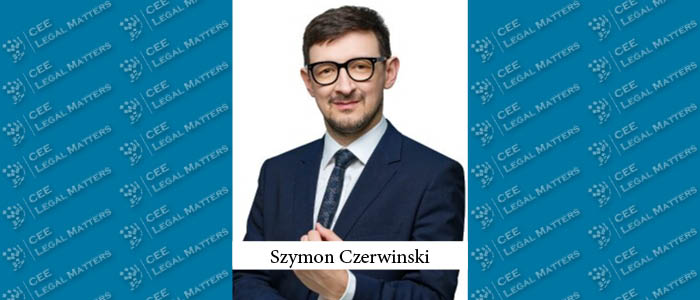A huge new infrastructure project, a historical first USD-denominated bond issuance, and potentially transformative news on price controls and concessions make for interesting times in Montenegro, according to JPM & Partners Senior Partner Lana Vukmirovic Misic.
“We live in very interesting times,” Vukmirovic Misic begins, highlighting a massive infrastructure project Montenegro has embarked on: the second phase of the Bar-Boljare highway, estimated to exceed EUR 600 million. “The government announced that construction shall begin after the preliminary design (for which the tender is ongoing),” she notes, “but financing remains an issue. Their intention is to finance most of it through the budget – a tall ask – but more details will follow once negotiations open. It’s possible the constructor of the first phase, the CRPC, will return but one thing is certain: the project is on the map for banks, financiers, constructors, and consultants.”
Of equal importance and a historical first, Montenegro has recently issued USD-denominated state bonds. “The purpose of the USD 250 million bond issuance was to pay for national development projects and repay existing commitments,” Vukmirovic Misic says, “but it also highlighted Montenegro’s effort to include new investors in the country’s financing structure. A hedging agreement for the currency swap, to protect against currency risks, was also put in place, with the only outstanding issue being a lack of transparency on the budgeting side, in terms of spending this money.”
There’s also an ongoing discussion regarding the consumer price control mechanism, Vukmirovic Misic reports, “with the government proposing to limit the margins for both wholesale and retail for mostly food products. That was the initial idea, at least, as there was strong opposition from the business community on account of targeting a very wide range of goods.” While the government went back to the drawing board, the initiative led to some uncertainty in the segment, she says, “with retailers hoping for something similar to the Croatian model, targeting a narrower range of basic goods.”
Similarly complicated is the government’s position on the concession agreement for the Brskovo mine, which stalled due to NGO and local community pressure, as Vukmirovic Misic points out, “with the commission appointed to investigate having already recommended terminating the agreement. The government is now assessing the related risks, including grounds for termination and the potential for investment disputes under international arbitration.” Perhaps lower on the agenda, but of no less concern according to her, “the proposal, if not handled thoughtfully, risks undermining investor confidence and raising questions about the rule of law in Montenegro.”
Finally, Vukmirovic Misic reports of renewed fintech optimism after Montenegro aligned with the PSD2 Directive. “We expect the National Bank to issue the first licenses for payment initiators in May – previously a significant holdback for local start-ups. This is a good signal for the regulatory environment. The new alignment will help a lot, with smaller barriers to entry, less of a gray zone for start-ups, and some of the related risks being eliminated for payment services intermediaries and platforms. The bank data should become more transparent as well, which could be used to generate more fintech project ideas,” she points out. “All this should boost investments in the start-up and IT industry – which have been doing very well – with consistent growth over the past years (at 23% in 2022), elevating them to an important pillar of our GDP.”



